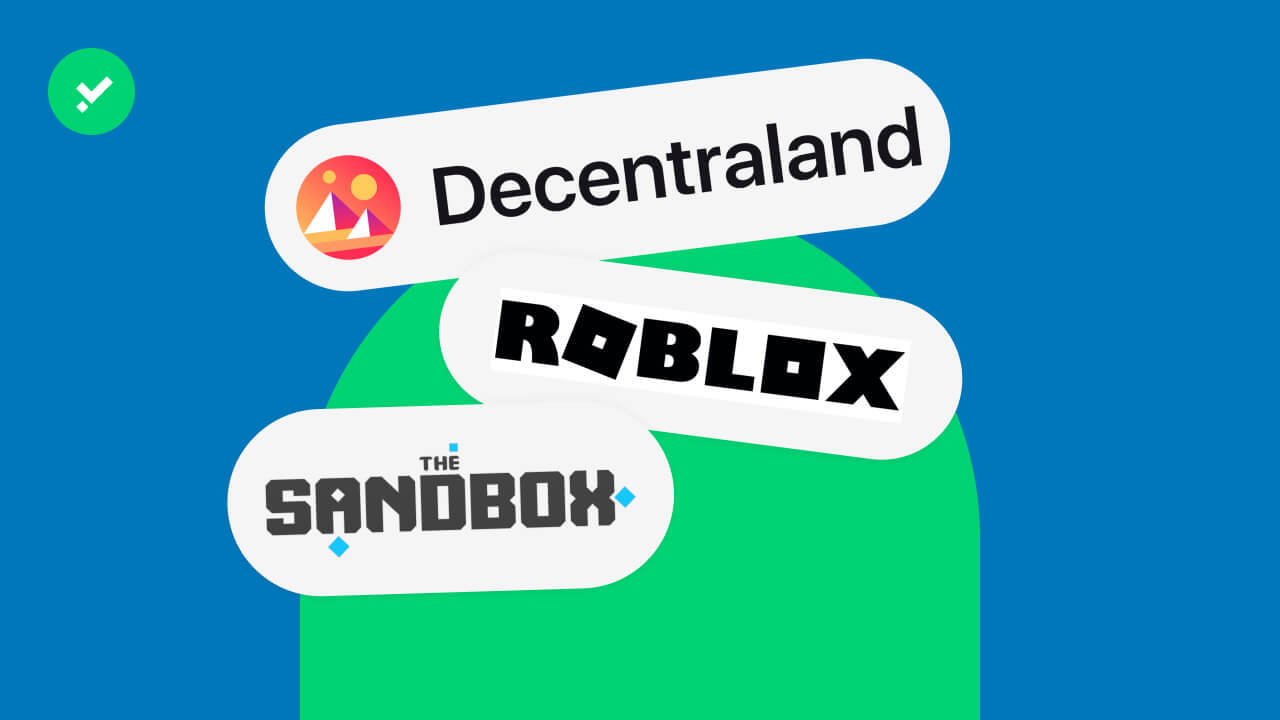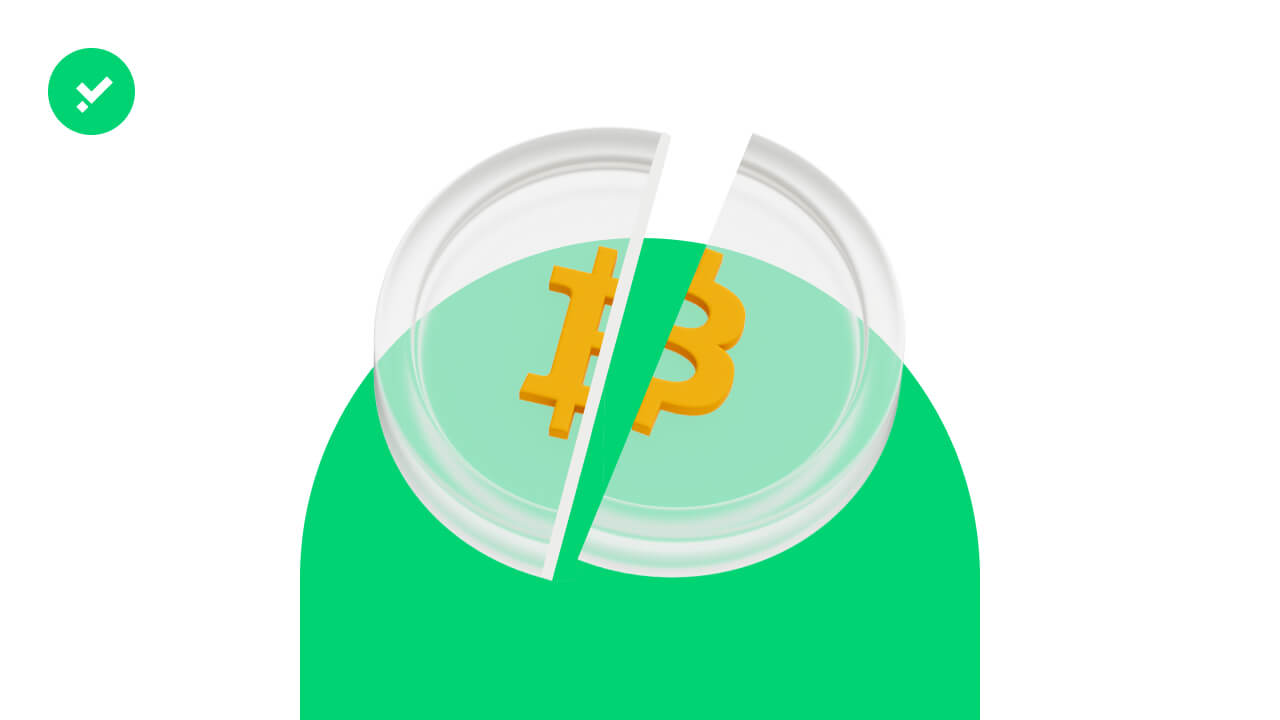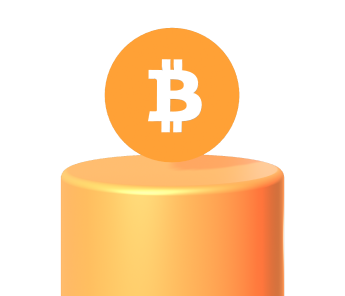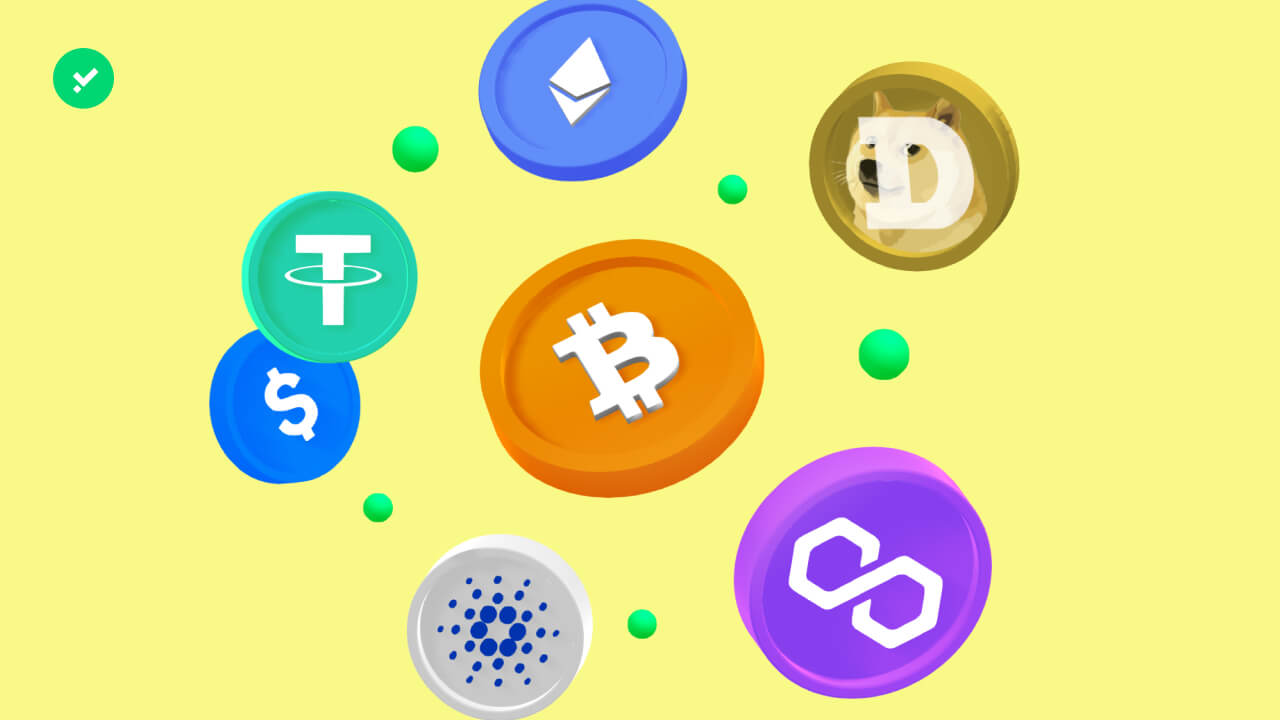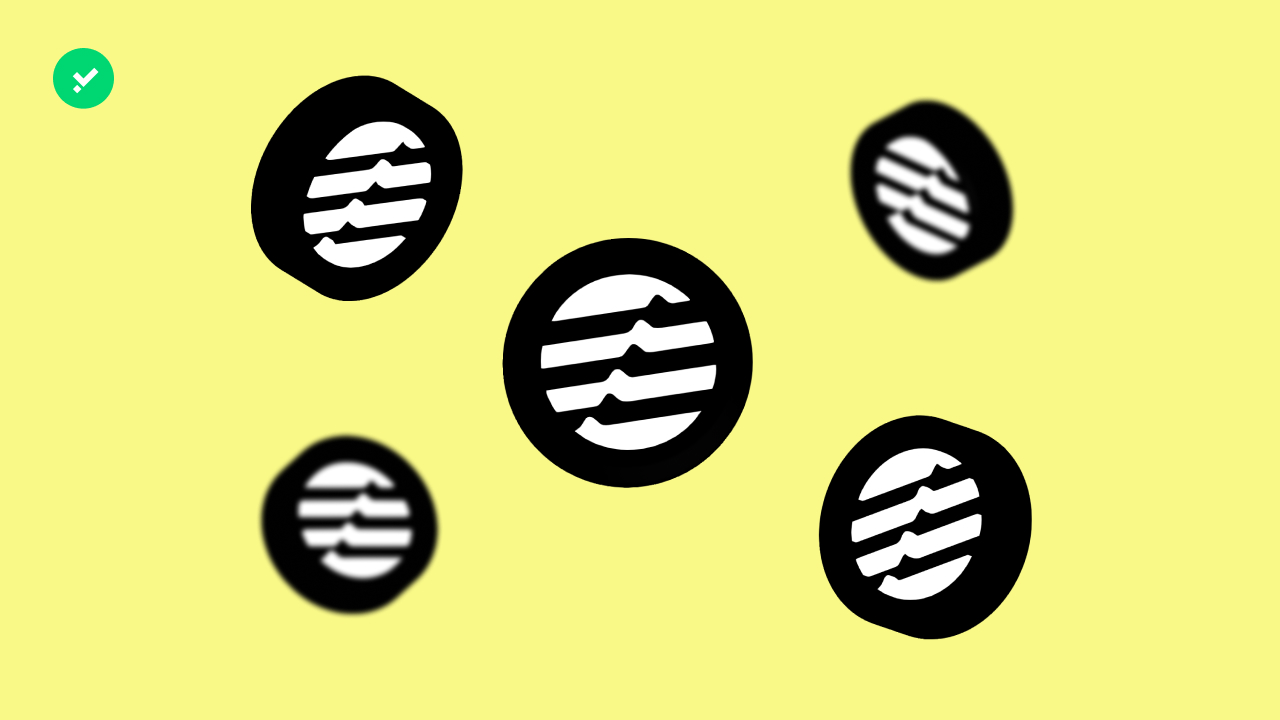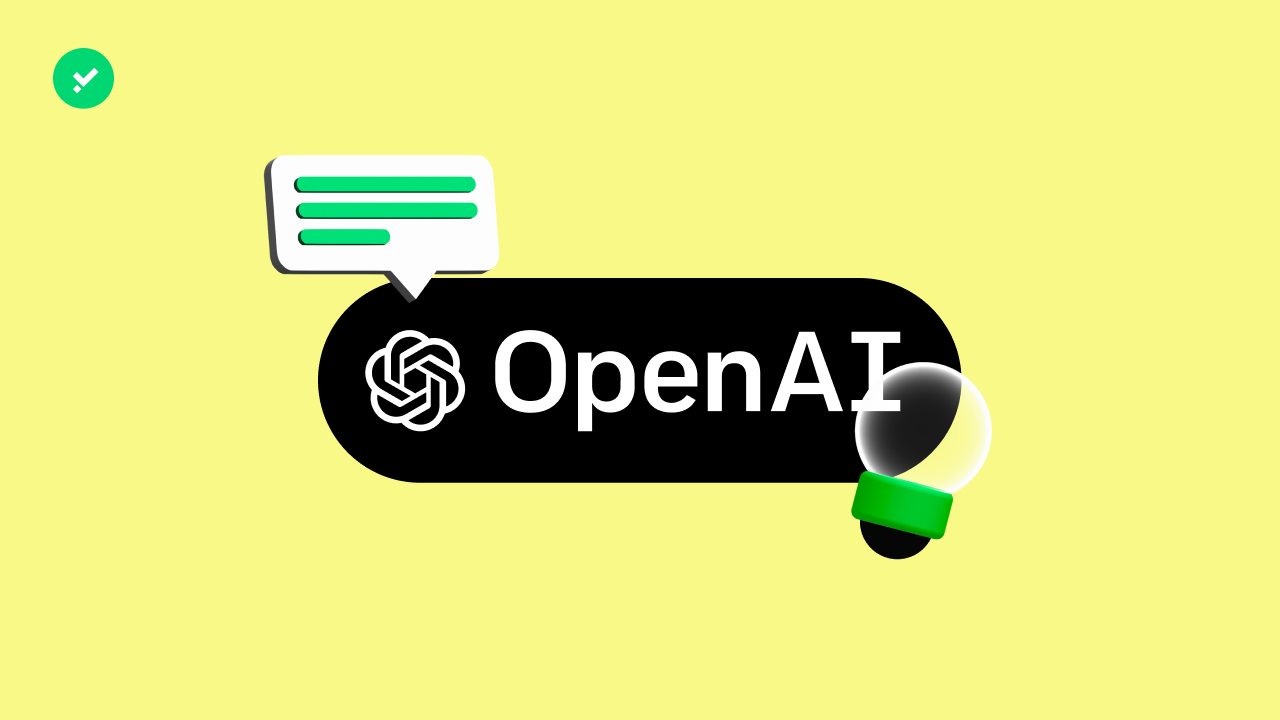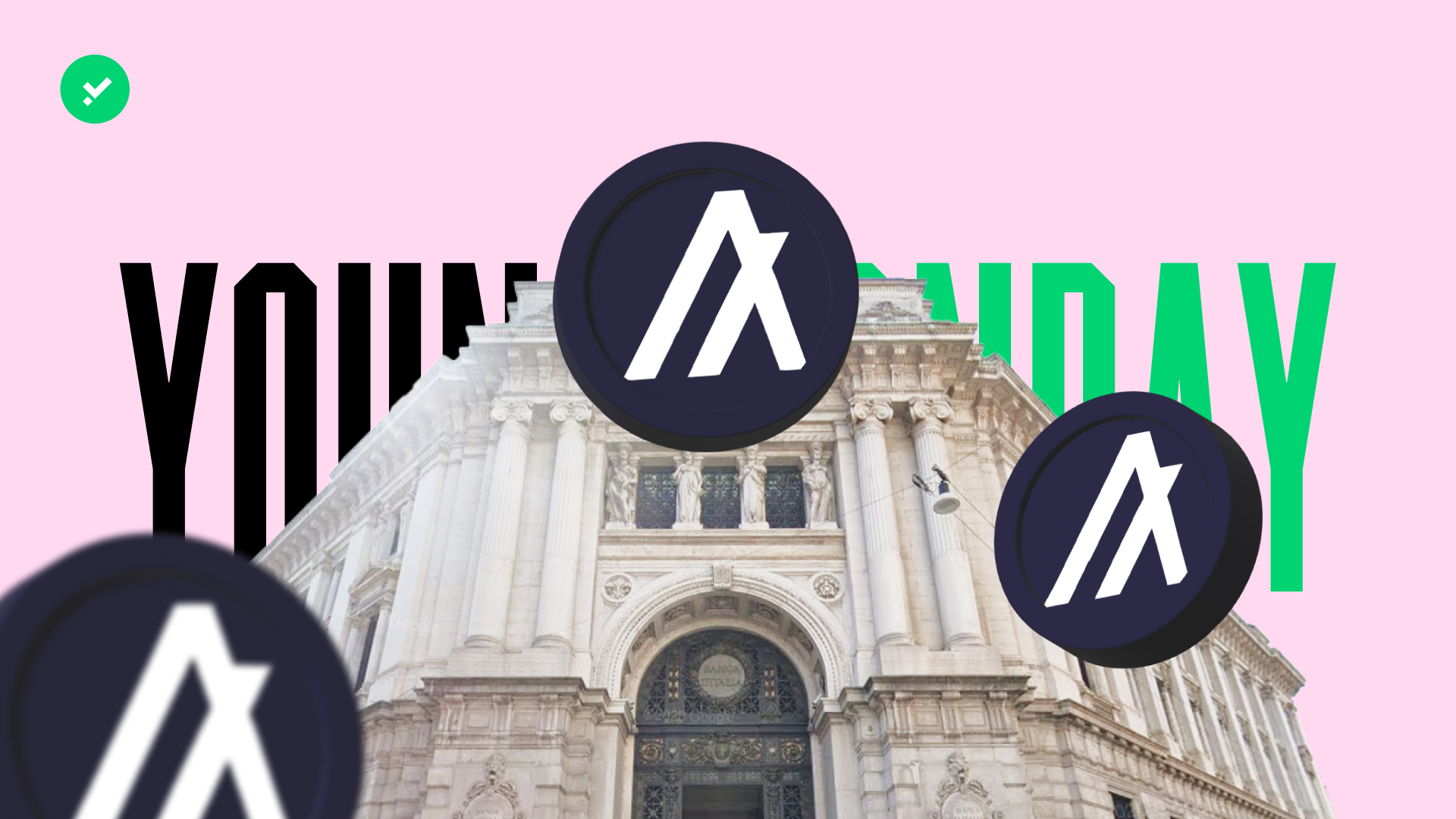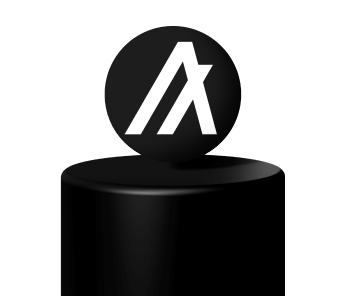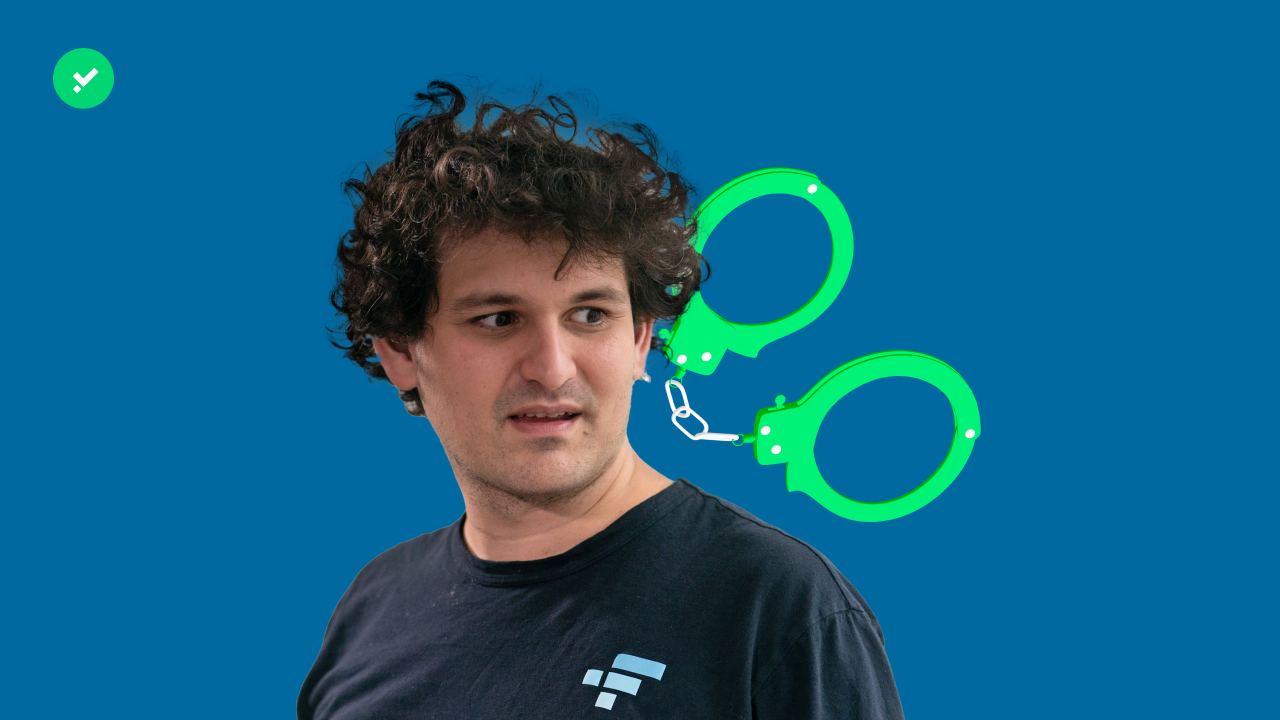The Metaverse cryptos regulate the internal economy of decentralised virtual worlds. Which ones are the most popular on the market?
What are the top Metaverse crypto projects? The latter combines the immersive environments of virtual (VR) and augmented reality (AR), the engagement of video games and the social interaction of social networks; but a crypto Metaverse also includes an economic component that is managed and regulated through cryptocurrencies.
The crypto metaverse and its economy
Before discussing Metaverse cryptos, it is necessary to make a few clarifications. The term Metaverse refers to an immersive virtual world shared between users who, through avatars, can interact, participate in experiences and build digital objects. Among the many things you can do within it, there is certainly participation in the most varied events: parties, weddings, art exhibitions, fashion shows, university lectures, business meetings. This is not a new concept, many video games such as massive-multiplayer online games have always proposed this kind of scenario. What is changing in the Metaverse emerging in recent months is the use of blockchain as a core technology.
The blockchain determines the functioning of the Metaverse in at least two senses. Firstly, it allows these virtual worlds to possess a real internal economy, managed with cryptocurrencies. The digital objects that the crypto Metaverse offers are in NFT format, i.e. non-fungible tokens, and cryptocurrencies are used to buy them. This means that the objects you buy are your property, indelibly and immutably guaranteed by the blockchain. Without this technology, should a video game be withdrawn from the market, you would lose all the digital objects you own in it. The first aspect that distinguishes any crypto metaverse is therefore the traceability of the ownership of objects and their economic value in the real world.
Secondly, using blockchain technology means giving a Metaverse a decentralised structure, this implies that the management of the project is not in the hands of a company or corporation but is given to the users. Owning a certain number of the cryptos in the Metaverse gives the right to participate in governance and vote on decisions and choices about the future of the project. Many virtual worlds in fact rely on DAOs, decentralised autonomous organisations set up by the community. But which are the most popular and capitalised Metaverse crypto projects?
The Sandbox (SAND)
The crypto of The Sandbox metaverse is SAND, an ERC-20 type token based on the Ethereum standard. SAND is one of the main cryptocurrencies in the virtual world and handles most of the transactions and interactions in The Sandbox. It is used to buy accessories and tools to customise avatars, to manage LAND rentals and is distributed as rewards to users who win challenges and achieve goals. Metaverses are virtual worlds and like the real world they are also divided into territories, LANDs, in the form of NFTs. And like in the real world, they are not infinite; for instance on The Sandbox there are 166,464. During the first year of The Sandbox itself, these virtual land plots could be purchased through the metaverse’s crypto, SAND.
The digital plots of land that exist to date are all sold out and the only way to own one is to buy it with ETH on an NFT marketplace, such as Opensea.
The LANDs of The Sandbox host various brands and celebrities, some examples? Snoop Dogg, Gucci and Adidas! This Metaverse has also been selected by TIME for the list of the “100 Most Influential Companies” of 2022, under the category “pioneers”.
Decentraland (MANA)
Decentraland’s crypto metaverse is also built on Ethereum, its token is called MANA and can be used to purchase all digital objects in the virtual world, including land. This is a community-driven space where users create digital experiences, content and services and then exchange them with each other. Decentraland is not only developed by its users but is also managed by them, in fact its governance is totally entrusted to its DAO (Decentralised Autonomous Organisation), an organisation in which MANA owners can participate by proposing and voting on initiatives. The crypto of the Decentraland metaverse thus plays a dual role within the virtual world, it is the main exchange token in this economy and also functions as a governance token. With MANA, you can purchase LAND, clothes and accessories for avatars and generally all the assets of Decentraland. These virtual assets also include Decentraland Names, ERC-721s tokens integrated with the Ethereum Name Service that appear as ‘jane.dcl.eth’. They are unique names to give to your avatar but also function as wallet addresses to receive your cryptocurrencies there directly. Why is MANA considered one of the top Metaverse crypto projects? Decentraland is increasingly often the venue for innovative and international events such as Metaverse Fashion Week, an annual event attended by famous fashion brands such as Dolce and Gabbana, Etro, Tommy Hilfiger and many others.
Axie Infinity (AXS)
Axie Infinity is a cryptocurrency metaverse that revolves around a specific type of digital objects, the Axies, NFT pets that users can collect, care for, and race. On Axie Infinity, users have the opportunity to earn cryptocurrencies in the metaverse by playing, completing quests, and reaching goals. The virtual world of Axie Infinity is made up of many different mini-games, in fact, compared to The Sandbox and Decentraland, it is more focused on gaming rather than entertainment or exploration. Its economy relies on AXS, another ERC-20 token. AXS is used for two purposes: for crypto payments in the metaverse and for voting on governance proposals in the DAO. In addition, Axie Infinity’s cryptocurrency can be staked on the official dapp (decentralised application).
Otherside (APE)
Yuga Labs, the Web3 company of the Bored Ape Yacht Club, is also building its own metaverse, Otherside. This virtual world was supposed to come out in April 2022, but has not yet been released. For now, all that is known is that it will be an MMORPG (massively multiplayer online role-playing game) on blockchain, and the key will be NFTs. Although the virtual world of Bored Ape does not yet exist, the crypto of their metaverse is already on the market. ApeCoin (APE) will be the token of Otherside and to date is used by the ApeCoin DAO, a decentralised autonomous organisation of which Bored Ape owners are members, where initiatives are proposed for the development of the entire Bored Ape ecosystem. APE, the cryptocurrency of the Otherside Metaverse and the ApeCoin DAO, was released on 17 March 2022 and as of today occupies the 34th position among the most capitalised cryptos on the market.
Enjin (ENJ)
The Metaverse’s fifth major crypto is not a virtual world, but a platform for creating video games and NFTs on blockchain. We are talking about Enjin and its ENJ token! The project was born in 2009 to make life easier for gaming workers, and over the years it has grown closer and closer to the crypto Metaverses. Currently, Enjin offers a set of tools for developers, enthusiasts or companies to create and monetise any kind of digital content in NFT format. The ENJ token is the medium of exchange for all goods, tools and services offered by the platform; in particular, it is used by users to buy NFTs and by game developers to buy the tools needed to integrate blockchain technology into their products.
Now that you have discovered which Metaverse crypto projects are the most popular on the market, you just have to enter these virtual worlds and start using them. Only in this way can you fully understand how they work and their usefulness in the field of cryptocurrencies and beyond.



